I have yet to see a fingerboard as chewed up as this late 60's Gibson Trini Lopez Standard. The divots in the fingerboard were just straight up gnarly. This 335 variation came in for a re-fret so it was a prime opportunity to address the organically scalloped fingerboard.
The first step was to strip down the guitar and pull the frets. Green griminess is always a sign of loose frets. 45 plus years of digit DNA had worked it's way under each fret and into the slots. I used a soldering iron to help with extraction along with a pair of flush ground end nippers. The iron loosens the fret-to-board connection and helps minimize the tendency for old Brazilian to chip out.
Now that we have access to the fingerboard, it's time to prep for straightness while maintaining the radius and addressing the gouges. Below is a technique for repairing divots that I learned from Frank Ford of Gryphon Stringed Instruments. Check out frets.com for a tremendous repair resource if you haven't before. Frank's technique involves making many cuts with a razor blade to help fluff up the bottom of the divot. This cutting is supplemented with filling in the fluffed divots with a combination of rosewood dust and super glue. I went through many iterations of cutting / dust and glue filling / sanding to build up the low spots. The cuts are essential in making the fill look natural and if it's done well, mimics the appearance of grain lines. Just merely filling the holes with dust and glue always looks like shit. It yields dark shiny spots that look really out of place.
While the guitar was stripped down, I had to address some dirty electronics as well. Due to the age of the guitar and it having an exposed "control cavity" (ie. semi-hollowbody with f-holes), the pots were gritty and noisy. Cleaning the pots involves pulling the knobs and fishing out the wiring harness.
I couldn't help but taking a little peek at the pickups (note the post-PAF sticker).
So I hate pulling knobs. Hate it. For a seemingly simple task, it is always an opportunity for a guitar to fuck with you (I had a battle with a push-pull pot years ago). This one certainly fucked with me. I used the StewMac knob puller, the one that looks like a clear pipe bomb with a wing nut on top. Sure it's pricey, but it has more than paid for itself on other jobs (sidebar - in a busy shop it is often worth it to buy a tool versus fabricating your own if it saves you time).
This guitar threw me a curveball as someone had glued the knobs onto the shafts. The trick with pulling knobs is to know when you are applying too much force else you will risk breaking the pot. I knew something was up so I tried warming the knobs with a heat gun to help release the bond, but found that the "witch hat" knobs were softening (and distorting) before the glue wanted to let go. Going back and forth between careful heating and pulling, I managed to get three of the four knobs off but the last one was glued more than the others. Up comes the knob with the shaft in tow, rendering the pot dead.
Damn it.
Well, now the neck volume pot has to be replaced. I also ended up replacing the bridge volume pot as it had a junky taper and was far too gritty for DeOxit to remedy (volume rolled off immediately with dead spots). Luckily this was a player's guitar who valued function over originality. I always try to respect originality but ultimately guitars are meant to be played and components have a finite lifespan.
Still irked about those glued knobs though. Back to the fingerboard ...
With the fingerboard filled, leveled, trued and the slots cleaned, it was ready for frets. Fingerboard prep is everything in a fret job. You need to have a solid foundation for the frets to stand on. If prepped properly, you will only have to take a minimal amount of material off of the frets during the fret level and will ultimately extend longevity of the new frets (and allow for future fret dressings).
The nut was in good shape and able to be reused for the setup. Note the previously installed mini-toggle switch is a phase selector while running both pickups together. And yes, this also happened to be glued in so I was lucky that there was enough slack to pull the rest of the harness out for cleaning / replacement.
The back of the neck had just as much wear as the front! I probably spent at least an hour cleaning the gunk off of the back of the neck. It was so loaded up that it felt like pine tar and provided noticeable friction while playing.
Even though this guitar left the shop over six months ago, it's one of those instruments that stays in my head. One of the best parts of my job is that I get to play a wide variety of instruments with a fresh setup.
The player was really happy with how his Trini came out. It's a guitar that he bought brand new in the late-sixties and has played the hell out of it ever since. It always brings a smile to my face when I meet someone that has a lifetime relationship with their guitar. I hear so many unfortunate stories from players who longly remember instruments that they, "wish they never sold." The look in their eyes is that of past joy followed by current regret. But that twinkle is a sign of traveling back in time, remembering moments connected to that instrument that would otherwise be long forgotten.

